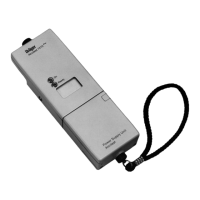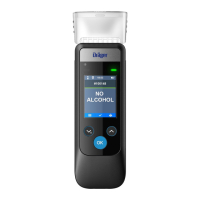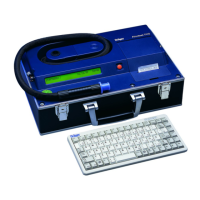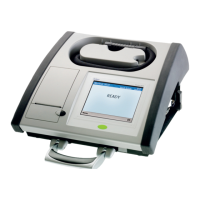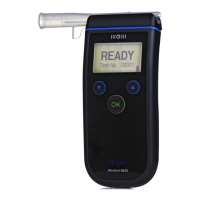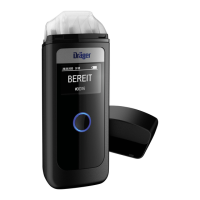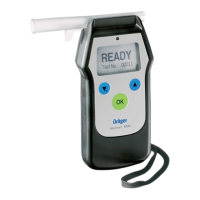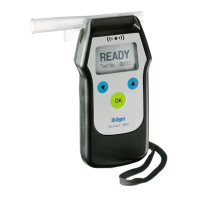Alcotest 7410 GLC User’s Manual
11
offence under Section 253(1)(b) C.C.. When
there is no ASD test, a peace officer must
have obtained reasonable grounds to believe
an offence under Section 253(1)(a) C.C. was
committed. These grounds are obtained
through observation of driving and physical
behaviour.
Section 254(5) C.C.- the offence of refusing
a demand.
This applies to the fail or refusal to comply
with a demand for an ASD test, approved
instrument test or blood sample.
B. Traffic Safety Act
An ASD test result is also useful for the
enforcement of the Saskatchewan Traffic
Safety Act (T.S.A.). Sec 146(1) & 146(3)
T.S.A. says that a person with a BAC of 40
mg% or greater is liable to a license
suspension of 24 hours. The “A” (ALERT)
and “F” (FAIL) indications on the GLC are
the evidence for this suspension.
Under subsection 78.2 of the Saskatchewan
Vehicle Administration Act (V.A.A.) the
licence of a “new driver” is subject to
suspension for thirty days if the BAC
exceeds 40 mg%.
C. Policy Considerations
Besides the Criminal Code, the ASD user
must be aware of Division or departmental
policy related to ASD use. The Operational
Manual and “F” Division policy should be
consulted regularly for up-to-date policy.
Some of the highlights in policy are
presented here. Municipal police officers
should consult their own department policy
manuals. For reference, policy sections
dealing with ASD use are:
Operational Manual 5.2 and APPENDICES
5-2-1& 5-2-2
“F” Div. Supplements 5.2
Conditions of use -
1. “Reasonably Suspect” there is alcohol
in the body pursuant to Sec. 254(2)(b)
C.C.
2. Not to be used if reasonable and
probable grounds for an AI demand can
be obtained from observations and
circumstances alone.
3. Avoid use when it will interfere with
treatment of a hospitalized suspect.
4. Suspect smells of liquor.
5. Observe suspect drinking or observed
by another witness.
6. For demonstrations or instructional
purposes.
Voluntary Use - any use of the ASD other
than Section 254(2)(b) C.C. must be with
the consent of the subject. This includes
testing passengers to determine if they are
able to operate the motor vehicle once the
driver has been suspended under Sections
146(1) or 146(3) T.S.A..
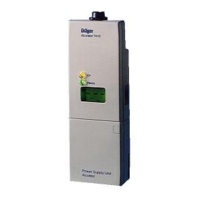
